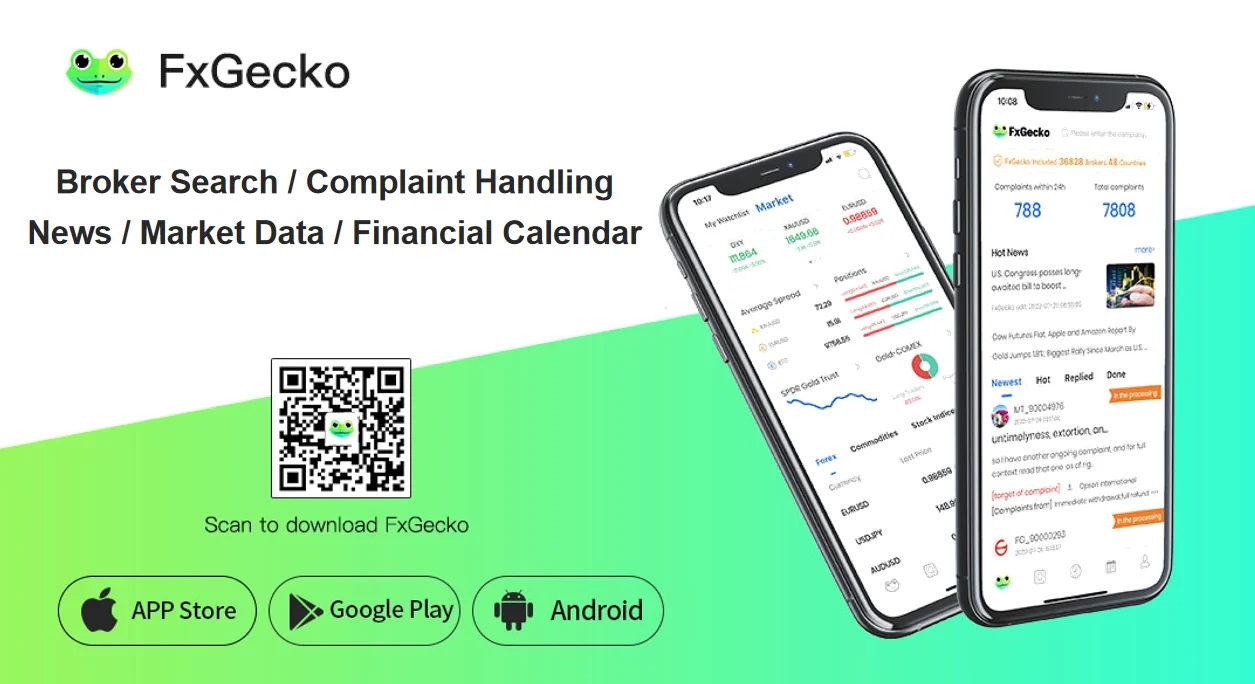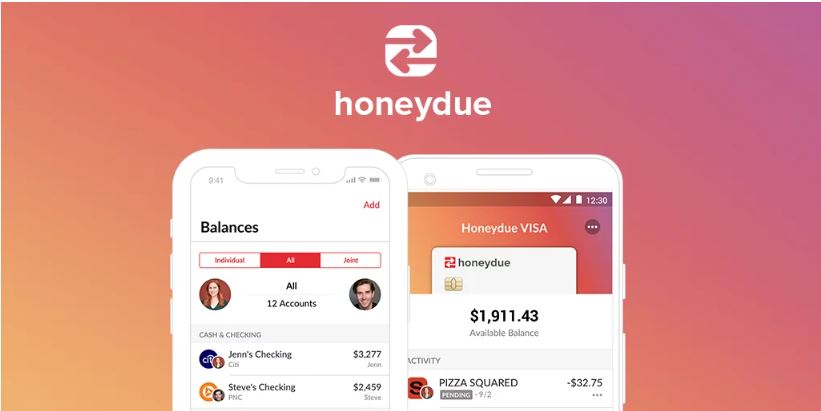Although book publishers invented the subscription revenue model back in the 17th century, it is now more popular than ever, and is definitely here to stay. According to Gartner, 75% of businesses that sell direct to consumers will offer subscription services by 2023.
People love automatically getting things they need monthly or quarterly, so no wonder that subscriptions do have a future. Everything you need is to have a clear idea of what you want to offer to your customers, make a competition analysis to know how to differentiate your offer from others, and of course a reliable e-platform to start actually selling your boxes. Have a look at in which ways two popular online subscription model partners, Recharge vs Subbly, are similar and different to better understand what you need.
What is the subscription business model?
The subscription business model is rooted in the idea of selling a product or service to get recurring subscription revenue. Subscription models give more focus to customer retention than customer acquisition. In other words, this business model is more about a single customer paying multiple payments than a large upfront one-time price.
Basically, subscriptions are built around subscription billing and recurring payments. Still, there are a few ways that subscription businesses utilize to reach their goal profit margin.
Freemium model
The freemium model allows customers limited access to the product for free. It is successfully used in the software industry: firstly, freemium attracts more users than if there was only a paid version, and next, it emphasizes the value of the product without allowing full access. On the flip side, there are still a lot of users that never convert to a subscription.
Tiered pricing
Tiered pricing is a pricing strategy companies use to offer customers several product or service options, with corresponding pricing levels. It’s one of the most common pricing models for subscription boxes. Customers are offered several versions of a box with varying levels of value, enabling the business to target a broader range of demographics with different needs and interests.
Adjustable rates
Adjustable, also known as variable, rates fluctuate between payment periods depending on subscriber growth, the general economy, or rising costs.
Advantages of a subscription model for your business
1. Increased return on customer acquisition costs
If you keep your customers happy, a subscription business model means a consistent source of recurring revenue. The longer a subscriber is loyal to your business, the better your retention rates and the greater their customer lifetime value. What we mean is that you get way better value for money in terms of acquisition spends.
2. Lower retention spends
It goes without saying that while your subscribers automatically make purchases from you on a regular basis, it means putting less effort in remarketing.
3. Predictable revenue
The subscription model creates a predictable future revenue stream. In other words, you start every new month with a clear vision of the amount of profit you can expect. This helps you to make more efficient business decisions and attract investors. On the downside, it happens that customers cancel a subscription, but in general, financial forecasting is a lot easier with a subscription model.
4. More effective inventory management
In the traditional e-commerce business model it might be hard to predict the amount of inventory you need to maximize your revenue and minimize loss. But when it comes to the subscription model, things are quite different: you know how many subscribers you have and how much stock you need. Therefore, you can easily anticipate demand and supply, which means more consistent business processes.
5. Better marketing opportunities
Long-term relationships with customers facilitate developing successful marketing strategies, as you have enough time to get insights to customers’ preferences and usage behaviours. Plus, testimonials left by your subscribers on the website undoubtedly add value to the business image. Not to mention, people tend to share pictures of the contents of their boxes on social media, boosting your brand awareness.
6. Stronger relationships with customers
Again, long-term engagement with your audience feeds into building close relationships with them, considerably streamlining your upsell and cross-sell efforts. In addition, the trust earned over the subscription period suggests that with time, customers become more receptive to any extra services that you offer to them.
Some examples of subscription business models
Obviously, the subscription business model offers substantial benefits to your business. Throughout industries, there are a variety of subscription models, all of them being based on the single idea: recurring revenue. Depending on who they provide with the service, subscription businesses can be divided into two major groups: B2B (Shopify, GoCardless, Subbly etc.) and B2C (Dollar Shave Club, Amazon Prime, Birchbox).
Let’s take a look at some most favored subscription business models:
SaaS
SaaS (Subscription as a Service) remains one of the most popular subscription model implementations. In essence, it’s a software delivery model that offers software hosted on the cloud on a subscription basis. Adobe, Dropbox and Calendly will definitely ring a bell to you.
Subscription boxes
A subscription box is a group of physical products packaged in a box and delivered to customers on a regular schedule, most typically, monthly or quarterly. Subscription boxes can include a variety of products like makeup, pet supplies, clothes or even snacks. The most popular examples include Birchbox, Dollar Shave Club, and others.
Media Subscriptions
This type of subscription offers access to content on a subscription basis. Digital publications such as The New Yorker as well as video and music streaming services, for example, Netflix and Spotify have seen great success due to the COVID-19 outbreak.
The bottom line
With the distinct advantages of the subscription business model and endless development opportunities it offers, it definitely has a future. With the right approach and a viable marketing strategy, a subscription business can ensure a stable revenue stream and impressive brand growth.









Add Comment